|
To see the ocean on fire is a harrowing sight - to set the ocean on fire in order to help alleviate an environmental disaster, well that truly is frightening. The image of thick, charcoal colored smoke erupting into the air as black oil burns atop the azure Gulf of Mexico is the image that graces the cover of Carl Safina's latest book, A Sea in Flames, an apt photo and title for one of the worst environmental catastrophes in human history. We all know the script - On Earth Day, 2010, an oil well owned by BP (British Petroleum) had a pressure build-up which exploded, killing 11 people and injuring many more. Then the oil began to flow -or rather spew - from the seafloor at a tremendous rate and would continue to do so for 87 straight days.
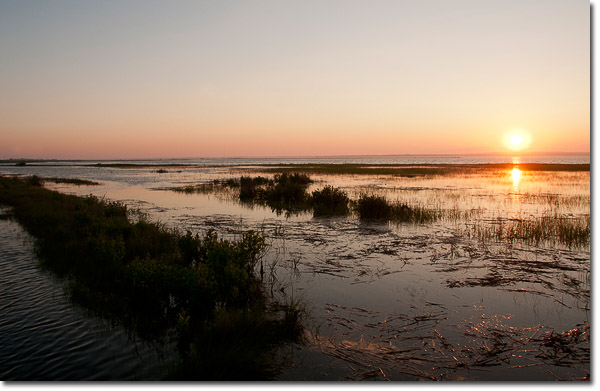
Soon after the initial explosion, Safina finds himself on a plane headed south.
I did not want to go to the Gulf. It seemed like a good situation to avoid. . . I could not fathom that stopping the leak might require more than a few days.
What he could not fathom, he eventually discovered through interviews, countless newspaper articles and listening to weeks of incessant radio and television reporters. This information is laid out expertly in three succinct sections of the book: Part One - Disaster Chain, Part Two - A Season of Anguish, Part Three - Aftermath. If only things had been this organized for BP as well.
What the author discovers in the Deep South is that misinformation, anger, un-preparedness, paranoia and naïveté flow like the oil from the deep sea. Unfortunately for Safina, there are no dispersants that can be sprayed on the newspaper headlines, no booms deployed to corral people who proclaim "The sky is falling - the end is near!"
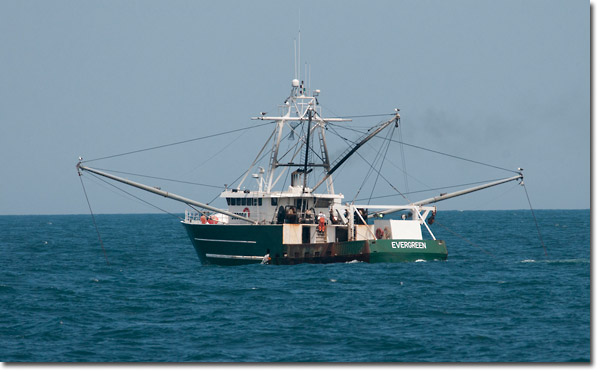
Safina pens, "I am deeply distressed about the potential damage to wildlife and habitats - but I find myself becoming uncomfortable with all the catastrophizing. . . Cool heads are not prevailing."
How does one digest the useless phrases the media and BP come up with? Junkshot. Top Kill. Burn Box. This book cuts through the spin cycle BP and the Government put the spill through and approaches every new solution and press conference with sage skepticism. The book explores the questions posed by the average American,such as the fisherman. Will fishing really be affected for years to come? How much oil is spilling out? How long until the Gulf recovers? Who's in charge? The answers are often surprising, sometimes upsetting, and always beg yet more questions.
Carl, an even-keeled and accomplished marine biologist whose dedication to the salt-water world is unparalleled, absorbs the onslaught of hyperbole from both sides. He understands the pain of the fishermen who have seen their workplaces converted into wastelands. He empathizes with the scientific community whose research is falling on deaf government ears. But, he also sees that there are bigger issues at hand, which aren't visible. The Gulf Blowout was a weak link in the chain of global climate change. This environmental disaster is literally a drop of oil in the ocean compared to the unseen disaster we all contribute to daily as we cruise in our cars, jaunt on jumbo jets and heat our homes.
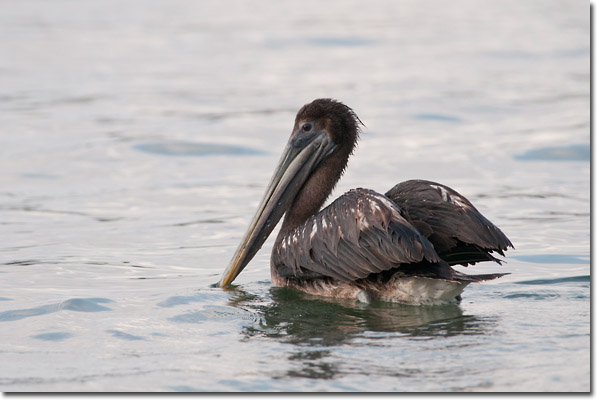
Safina writes, "Because we've bet the house on burning oil, coal, and gas, our atmosphere's concentration of carbon dioxide is a third higher now than at the start of the Industrial Revolution. As environmental catastrophes go, that dwarfs the Gulf Blowout of 2010."
As the author travels throughout the Gulf, he often finds himself looking at wildlife - always prepared for the worst. To him, the Great Egret is the canary in the proverbial coalmine. More often than not, Safina sees only the pure white feathers of this wading bird - a sign that things aren't so bad.
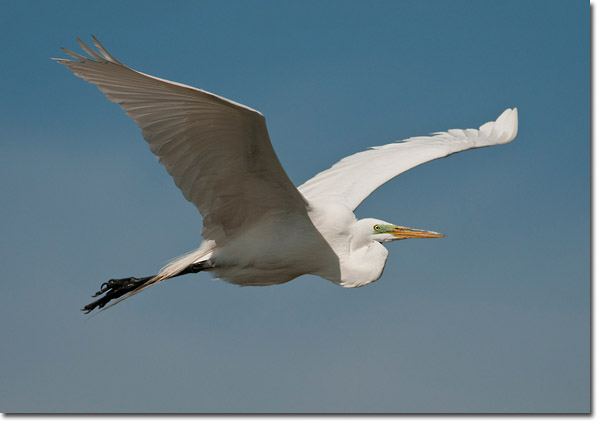
On a trip to Grand Isle, where Louisiana dips its toe into the Gulf, Safina writes, "A Forster's tern dives into a creek. Surprisingly, pleasantly, there are plenty of white, un-oil-stained egrets here." There is hope where many believe it has been lost. While fishermen have lost their income from shrimp and red drum, they are making a livable income from BP doing PR stunts like towing ineffective booms to sea and playing tour guide to anyone with a press pass. And while the oil bubbles to the surface, the fish and shrimp and crabs beneath breathe a sigh of relief. No baited hooks this season - no trawl nets and tickle chains. If they can survive the dissolved oil, they can survive the season. The fishermen too, will survive, along with BP.
A Sea in Flames is an objective look at the Gulf Blowout and what caused it. The book details the shortcuts our government and our oil companies have made that led us to that dreadful day. So many warning signs, so many opportunities to fix what was broken or - I know this is a radical idea - prepare for the worst, and yet it was always full steam ahead. No matter that the compass was broken. Safina understands that while this disaster was preventable, we as a nation have to deal with the aftermath. But he urges the nation to understand the bigger picture.
He writes, "The blowout is both an acute tragedy and a broad metaphor for a country operating sloppily. . .a country concerned only about the next little while, not the longer time frames of our lives or our children's futures."
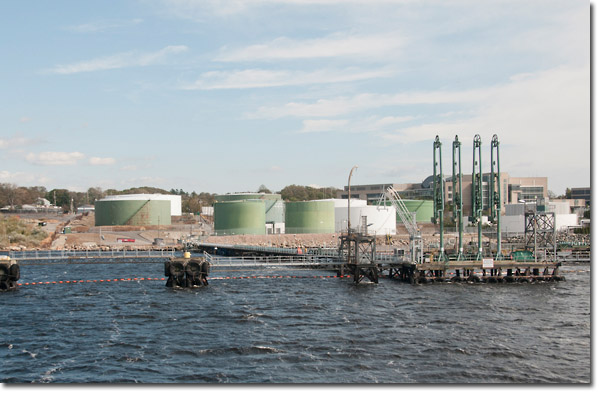
If there's anything to learn from this environmental catastrophe, it's that we better correct our myopic definition of environmental catastrophe. Catastrophes aren't just oil leaks beneath the sea or tanker spills on barrier reefs. It's not just the sudden and dramatic disasters we hear about on the news for a few weeks or months until the media finds a new obsession or someone important says the mess is all cleaned up. How quickly we have forgotten about Fukushima, which will take another three or four decades to clean up. How soon the mind puts the Love Canal and the infamous Exxon spill on the back shelf. There's another catastrophe we all contribute to, every minute of each day. Our never ending lust for fossil fuels burns the candle on both ends, leading to changes on this planet far greater than any environmental catastrophe by modern societies' standards.
Order your copy of A Sea in Flames
Comments on NPN nature photography book reviews? Send them to the editor. NPN members may also log in and leave their comments below.
 Luke Ormand is a freelance wildlife and nature photographer based on the East End of Long Island, New York. His day job as an environmental analyst for local government helps fulfill his desires to protect what's left and work on habitat preservation and restoration. Though he only been into photography for a few years, he has had works published locally and nationally and was All About Birds featured photographer for February 2011. Luke runs a photoblog which can be viewed at www.birdsoflongisland.blogspot.com.
Luke Ormand is a freelance wildlife and nature photographer based on the East End of Long Island, New York. His day job as an environmental analyst for local government helps fulfill his desires to protect what's left and work on habitat preservation and restoration. Though he only been into photography for a few years, he has had works published locally and nationally and was All About Birds featured photographer for February 2011. Luke runs a photoblog which can be viewed at www.birdsoflongisland.blogspot.com.